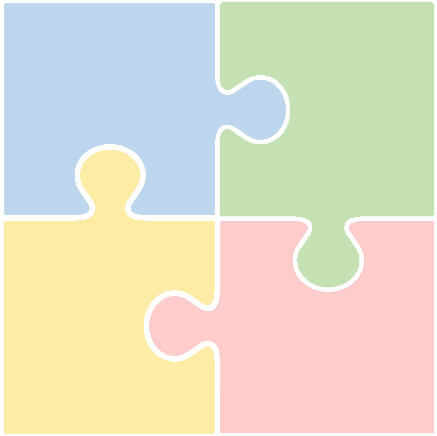
 |
 |
|
Key Topics
|
|
|
Year 3 – English Year 3 introduces pupils to the Key Stage 2 National Curriculum for English. Pupils will build on the reading and phonics skills gained in Year 2 to read more complex and a wider range of texts, including to support that study of other national curriculum subjects. Pupils will write with greater fluency and coherence for different purposes, including consistent use of punctuation and tenses. They will begin to follow the school’s Key Stage 2 Scheme of Work for Spelling, including the Year 3-4 spelling lists. Reading Pupils in Year 3 build on their reading and phonics skills gained in Key Stage 1 and begin to read a wider range of longer and more complex texts. There is less focus on guided reading in Year 3 and more focus on whole-class and small-group comprehension work to develop a range of reading skills, including inference. Shared Texts
Writing In Year 3, we expect pupils to create pieces of writing which are more complex and longer than those written in Year 2. For example, we would expect Year 3 pupils to be able to:
Spelling |
|
Year 3 – Mathematics In Year 3, pupils are introduced to the Key Stage 2 National Curriculum for Mathematics. This includes a greater understanding of place value and the number system, and measurement, statistics and shape. In summary, pupils will be taught to:
Of importance in Year 3 is …
|
